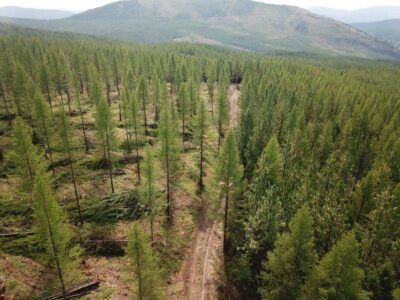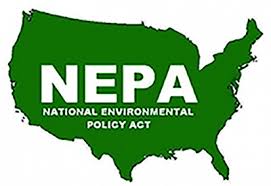Public Lands Watch: National Park Fee Increases
Park Service proposes to more than double fees at popular parks for peak times
On October 24, the National Park Service published a proposal to hike entrance fees in 17 of the most popular parks—including Yellowstone, Yosemite, and the Grand Canyon—during peak visitation seasons. The per-vehicle fee during peak season would rise to $70 from the current range of $25 to $30. The plan would also raise the per-person and motorcycle fees during peak seasons, and raise annual-pass fees. The fee hikes would help pay for deferred maintenance in the parks where they were collected. It is undisputed that many national parks are being “loved to death” by record numbers of visitors, and that their infrastructure is buckling under the load: in 2016, 331 million visits were made to parks, contributing to an $11 billion maintenance backlog. However, placing the burden of park upkeep on visitors raises questions about who should pay for access to America’s public lands, and whether fees which make access unaffordable to some are contrary to the mission of the Park Service.
These questions came up several times in the past two decades, as Congress shifted funding for the Park Service and other land management agencies from appropriations towards self-financing. Prior to 1965, no uniform fee structure existed, and fees were charged only at some parks. In 1965, Congress enacted the Land and Water Conservation Fund Act (LWCFA), which authorized the charging of fees system-wide to defray some of the costs associated with increased visitation. However, the fees were limited, capped at $5 per vehicle and $3 per person and only chargeable for access to developed areas. Congress did not intend for fees to replace appropriations as the source of Park Service funding. In fact, the Park Service was required to remit fees to the Treasury. As debate on the LWCFA showed, the limits on fees owed partly to a reluctance to depart from the tradition of free access to public lands.
The LWCFA fee limits remained in place for 30 years, while funding eroded and visitation continued to climb. The push to shift Park Service funding towards fee-based self-financing began in earnest during the Clinton Administration. The administration’s first budget proposed increasing fees, but was met with resistance over concerns about the effect on low-income visitors and forcing visitors to pay for a service already paid for through their taxes. Eventually, a Recreation Fee Demonstration Program (RFDP) was passed as an appropriations rider in 1996. The program authorized the land management agencies to charge recreation fees using “a variety of cost recovery and free market valuation methods.” All fees would be retained by the collecting agency, 80 percent of which would be reserved for use in the units where they were collected. Initially limited to a small number of units, the program was expanded and extended through 2004. However, the RFDP proved unpopular, particularly in its implementation on Forest Service lands (which are managed under a different regime from Park Service lands), where recreation fees had not previously been charged. Although entrance remained free, the Forest Service was allowed to charge for special use permits. Recreational users and their representatives in Congress objected to having to pay for what had been free and worried about the effect on lower-income users. Environmentalists predicted that fee-based self-financing would cause the land management agencies to become revenue-driven, developing recreational opportunities at the expense of conservation. The vague standard for setting fees was also criticized.
In 2004, Congress replaced the RFDP with the Federal Lands Recreation Enhancement Act (FLREA). The Park Service must now set fees based on a number of factors (found at 16 U.S.C. § 6802(b)) and must involve the public in the fee-setting process. Land management agencies still retain the fees they collect, 60 to 80% of which are reserved for use in the unit where they are collected. Notably, fees are not promulgated through notice-and-comment rulemaking. Whether the public will accept an increased price of admission to its public lands remains to be seen. Comments may be submitted by following the link here. The comment period closes on November 23.
Tom Schumann drafted this blog post.







Reader Comments